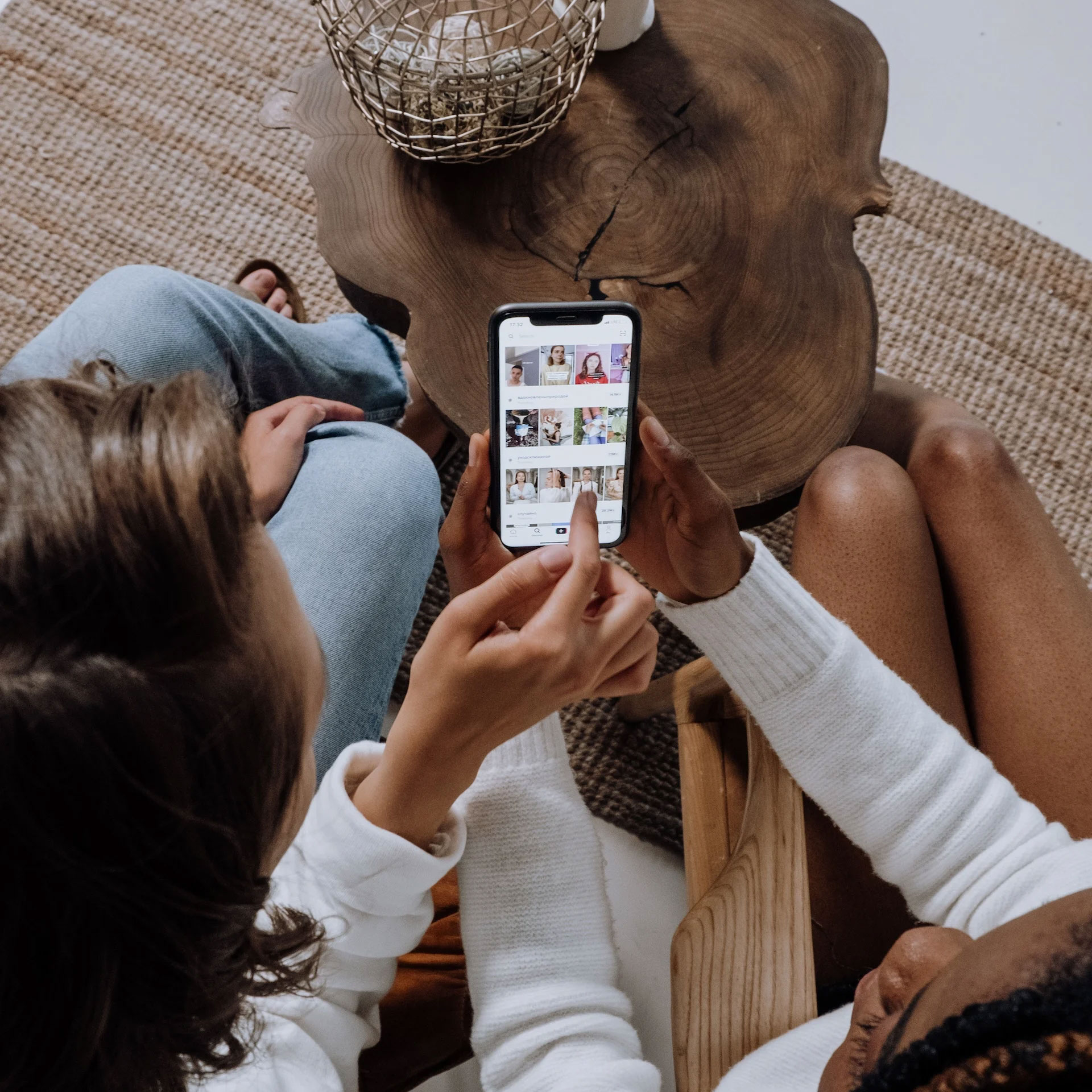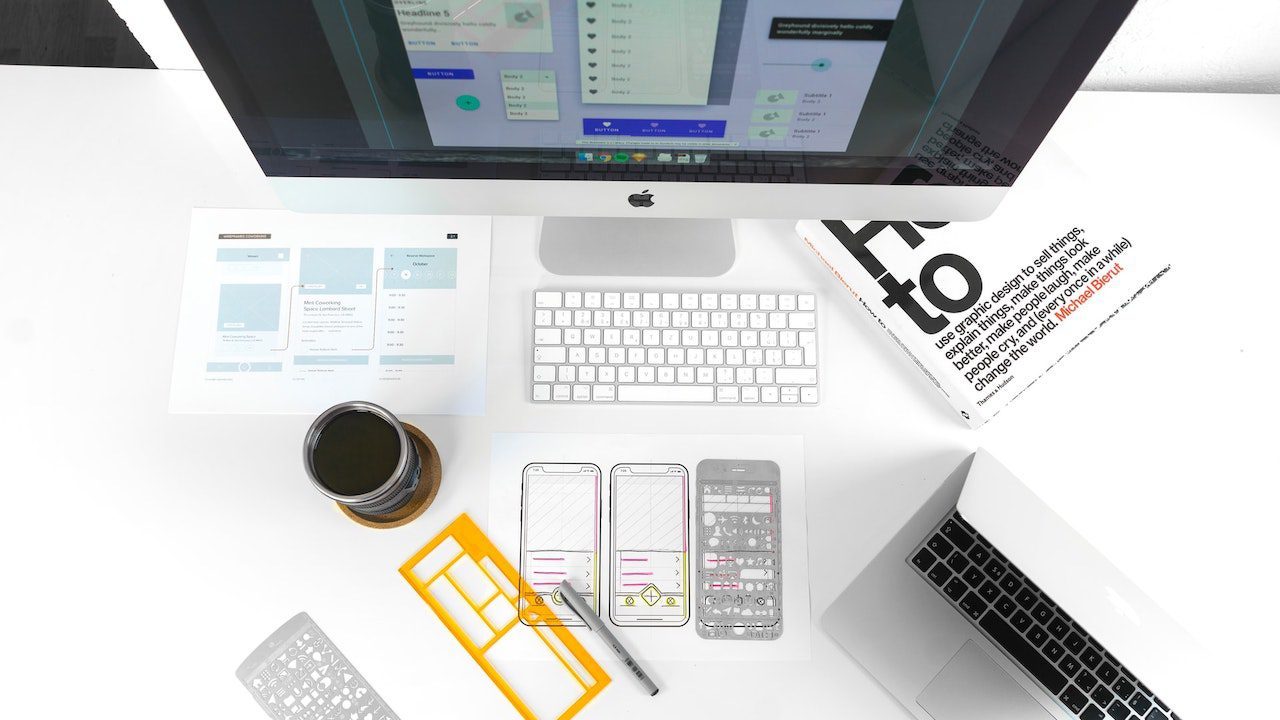5 Steps To Usability Testing for Your App
Let’s think about some bad case scenarios where you haven’t used usability testing. You pour thousands into developing an app you’re sure people are...

You may have the next viral app idea. But the key to success is translating that idea into an actual app that people will love and use regularly. How well you execute the stages between idea and finished product will make or break your app’s success. It’s easy to get sidetracked on rabbit trails of additional functionality that your target audience doesn’t really care about. Or, perhaps worse, become so enamored with certain features that you forget to include one that’s less exciting but that your audience considers essential. In this post, we’ll share our tips on how to design an app that fulfills its purpose, motivating your target market to download it, use it, and make your company profitable in the process.
There’s an almost unfathomable number of apps in existence (over 2 million in the Apple App Store and 3.8 million on Google Play), most of which are geared toward the masses. You’ll find it easier to get traction with an app that’s designed for a niche audience (such as people who have a lot of student loan debt, people who value family heirlooms, and professional investors). Of course, you shouldn’t focus on a niche that’s too small since you’ll need a sufficient volume of people making purchases. But honing in on a particular audience will help you fulfill a specific need that exists in the marketplace and give you a defined path to market the app to that audience.
Before you do anything else, you’ll want to get a clear picture of the need your app fills. You should define this need in detail, identifying the precise problem you’re trying to solve or what unique value you want to bring to your audience. Your target market will need a strong reason to download your app, even if it’s free, since apps take up storage space on users’ devices. See what other solutions already exist in the marketplace — and don’t limit your search to apps, since people are open to using solutions in a variety of forms. What holes are there in available offerings that your app could fill? While your app doesn’t need to be completely original, it does need to meet a particular need in a better way that existing solutions do. Also, dig into researching the implications of not meeting this need. What pain or frustrations will your audience experience as a result? The answer to this question will tell you how eager the market is for a solution.
Your app has to be easy to use if you expect people to adopt it. With full schedules and myriad distractions pulling their attention, your audience doesn’t want to waste time navigating clunky interfaces. Reduce the effort required to use your app to an absolute minimum. Learn how your audience is currently completing the tasks your app addresses. Find out what systems and tools your app will need to integrate with. Uncover current workflows your app will need to fit into in order for your specific audience to use it effectively.
By this point, you’ve done extensive research on your target audience and have interviewed potential users to find out information about their problems and how they’re currently solving them. But if you want to be sure that your app will fulfill a need in an effective way, you’ll need to build a minimum viable product that you can test. You won’t know how users experience your app until you present them with an actual app to try out. This MVP is a fully-functional solution that you can put out into the world for feedback. Although it will include only the most-important features, it should be fully functional as a real app.
An MVP allows you to test your app with a wide group of people that’s representative of your market. Testing before you release the final version of your app out into the world will conserve resources. It gives you an opportunity to gather detailed feedback to see if the current iteration resonates your audience. You can test a variety of factors. Be sure to cover intuitive design (how easy it is for your testers to navigate your app), efficiency (how fast testers can accomplish various tasks within your app), and memorability (how well your app makes a distinct impression). Document your results in detail and parse the results in several ways. The more thoroughly you analyze the results, the greater confidence you’ll have that your app effectively meets the targeted need.
Do your homework up front and focus on these five areas to lay the groundwork for a design that accomplishes its purpose. As a result, your audience is much more likely to connect with what you’ve created.
Want to learn more about mobile app design or talk about your project idea? Get in touch.
Subscribe to our newsletter.

Let’s think about some bad case scenarios where you haven’t used usability testing. You pour thousands into developing an app you’re sure people are...

So you’ve got an idea for an app. You think it might be a good one. Now what? Before you invest thousands of dollars in development, you need to...

When asking how much does it cost to build a mobile app, you’ll likely get the answer, “it depends”. There are numerous variables that can impact...
Post
Share